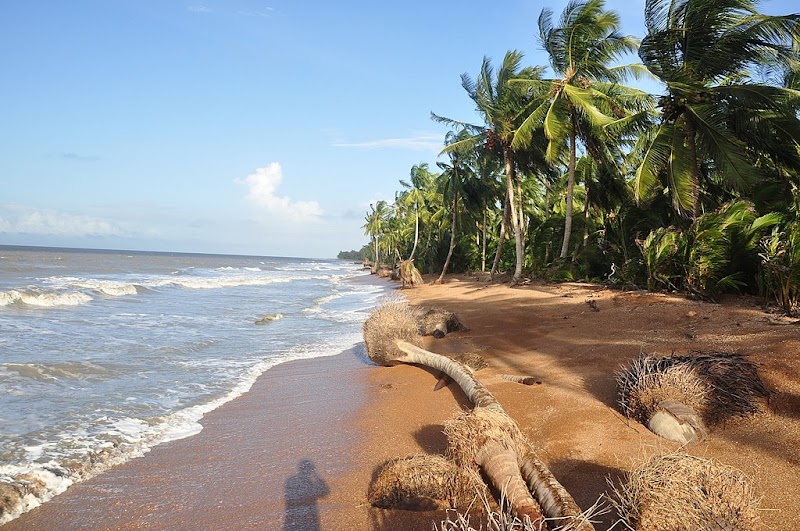
Moruka Savannahs (informal conservation zones) Adventures
The Moruka Savannahs are expansive informal conservation zones in northern Guyana, safeguarding unique savannah ecosystems and supporting rich biodiversity ideal for wildlife observation and traditional outdoor activities.
About Moruka Savannahs (informal conservation zones)

The Moruka Savannahs span a vast area within the Barima-Waini region of northern Guyana. Characterized by extensive grassland plains interspersed with scattered woodlands and riverine forests, these informal conservation zones provide vital habitats for a wide range of flora and fauna, including several species endemic or rare to Guyana's coastal savannah landscapes. The terrain is largely flat, marked by tall grasses, seasonal wetlands, and patches of mangroves near riverbanks. Historically, the region has been inhabited and utilized by indigenous communities for traditional hunting, fishing, and small-scale agriculture, maintaining a harmonious relationship with the natural environment. Although not officially designated as a protected area, local conservation efforts focus on preserving the savannah's ecological integrity and cultural heritage. Visitors to the Moruka Savannahs can experience outdoor activities such as guided wildlife viewing, birdwatching, and nature walks, particularly during the dry season when access improves and animals congregate around water sources. Notable landmarks include the rich birdlife habitats along the Moruka River and scattered archaeological sites evidencing indigenous occupation. The area's informal protection status means that infrastructure and formal visitor services are limited, attracting adventurous travelers and researchers interested in untouched natural landscapes and cultural encounters. Overall, the Moruka Savannahs offer an authentic, low-impact experience of Guyana's northern savannah ecosystems, emphasizing conservation through community stewardship and traditional practices.
Highlights
Moruka River savannah birdwatching hotspots
Large open grasslands sustaining endemic butterflies and reptiles
Archaeological sites showing Amerindian historical presence
Remote river access points ideal for low-impact exploration
Notable Natural Features
Moruka River
A vital waterway that supports diverse aquatic and terrestrial wildlife and provides access routes through the savannahs.
Seasonal Wetlands
Flooded grasslands during the rainy season that attract migratory birds and sustain rich amphibian life.
Indigenous Heritage Sites
Scattered archaeological remains evidencing centuries-old Amerindian occupation and traditional land use.
